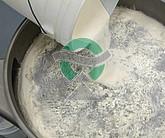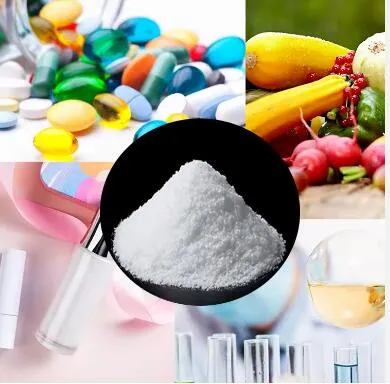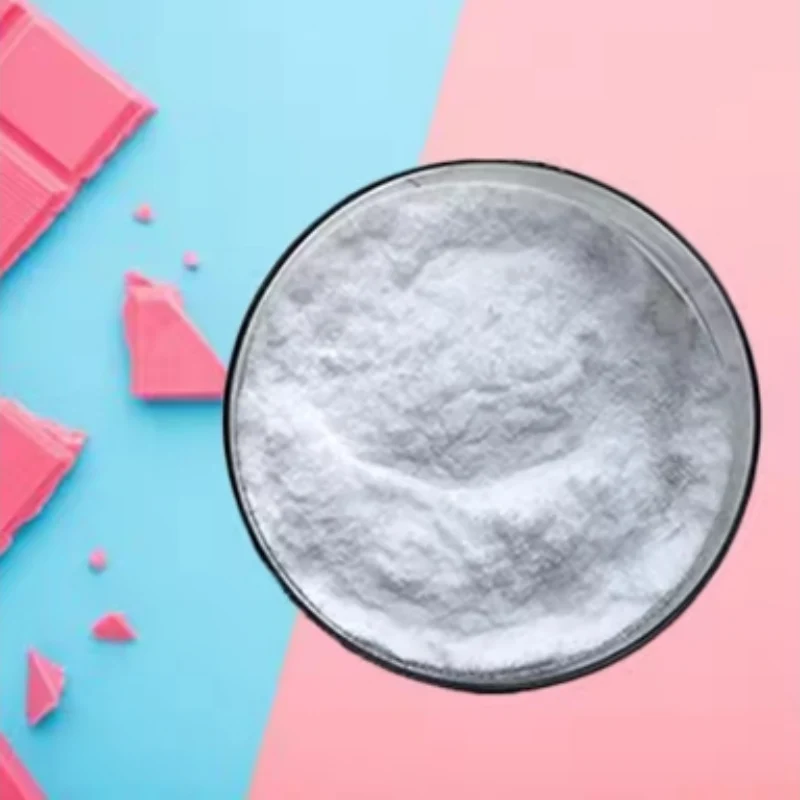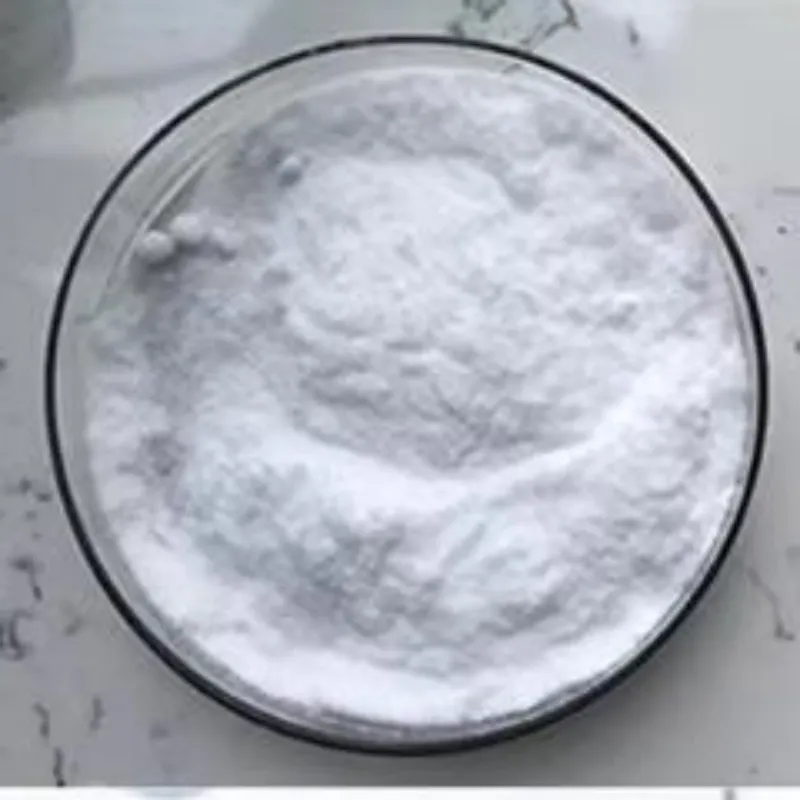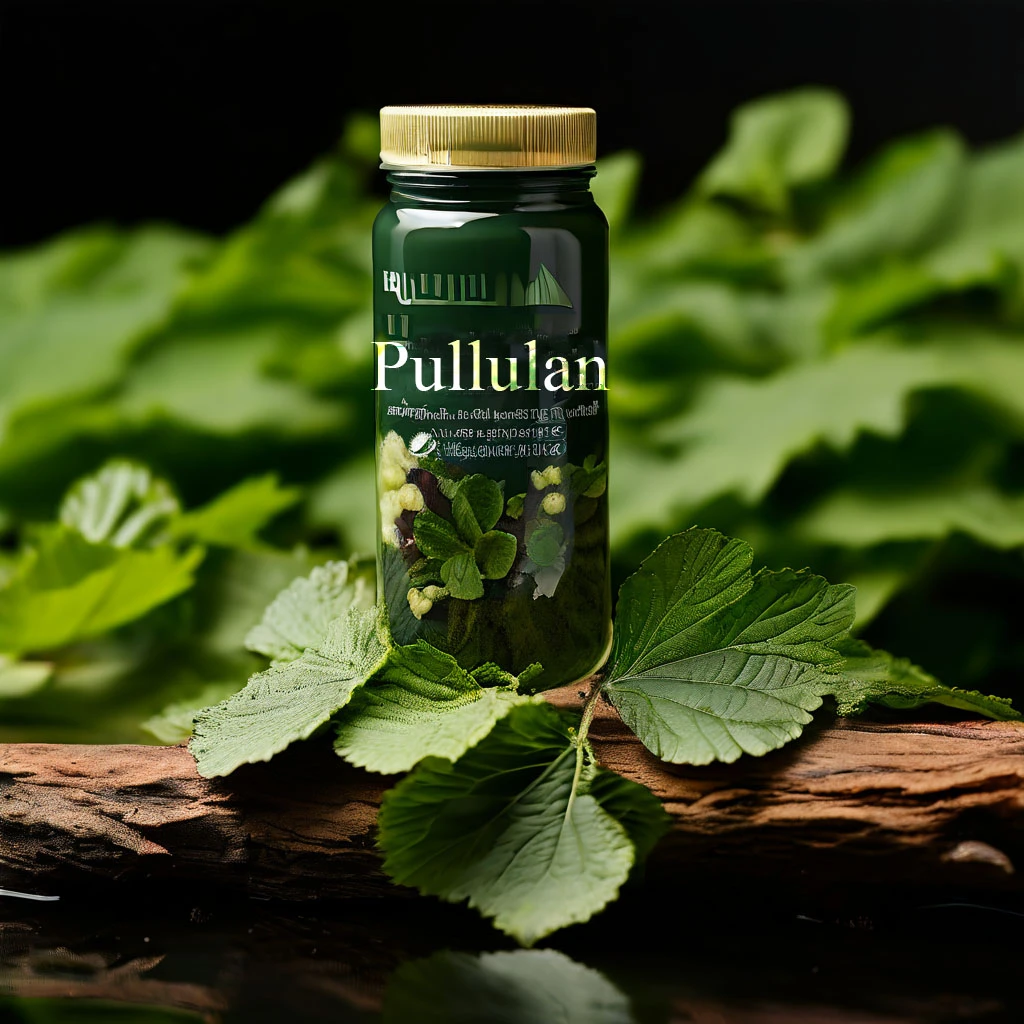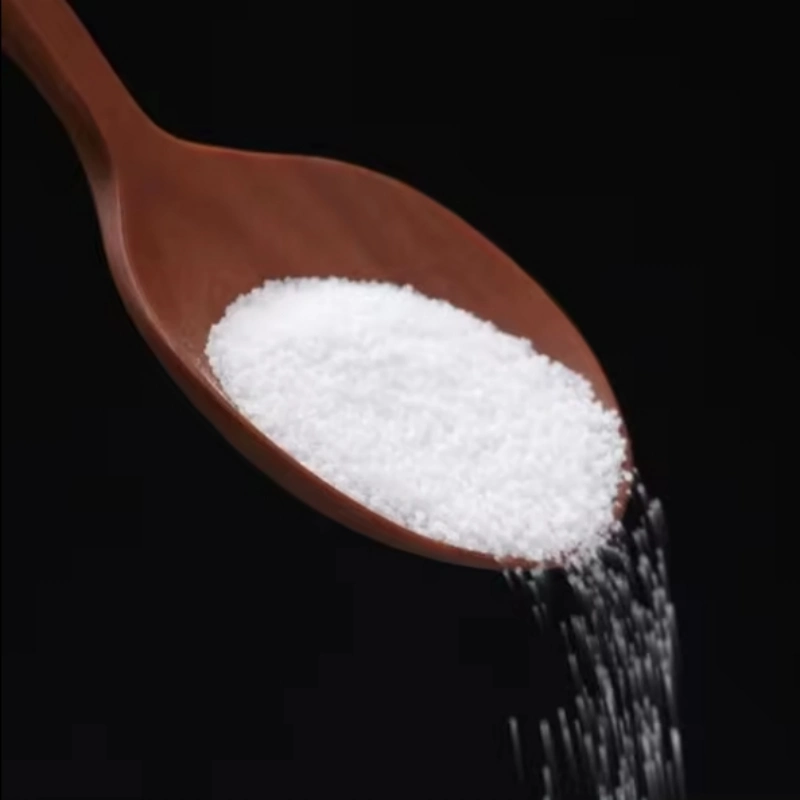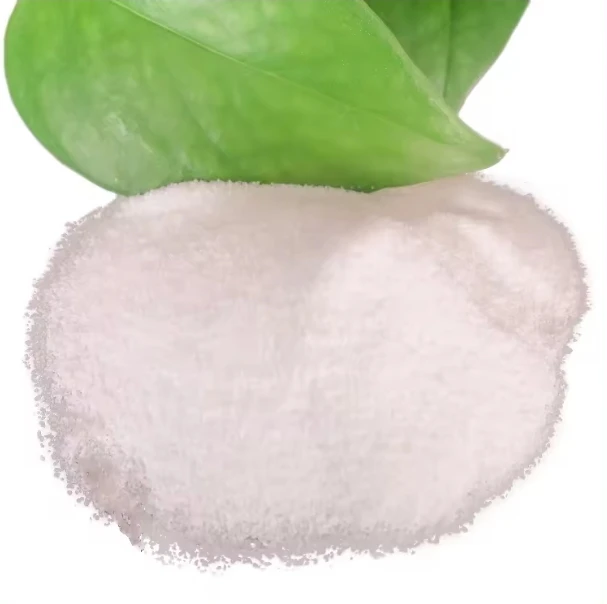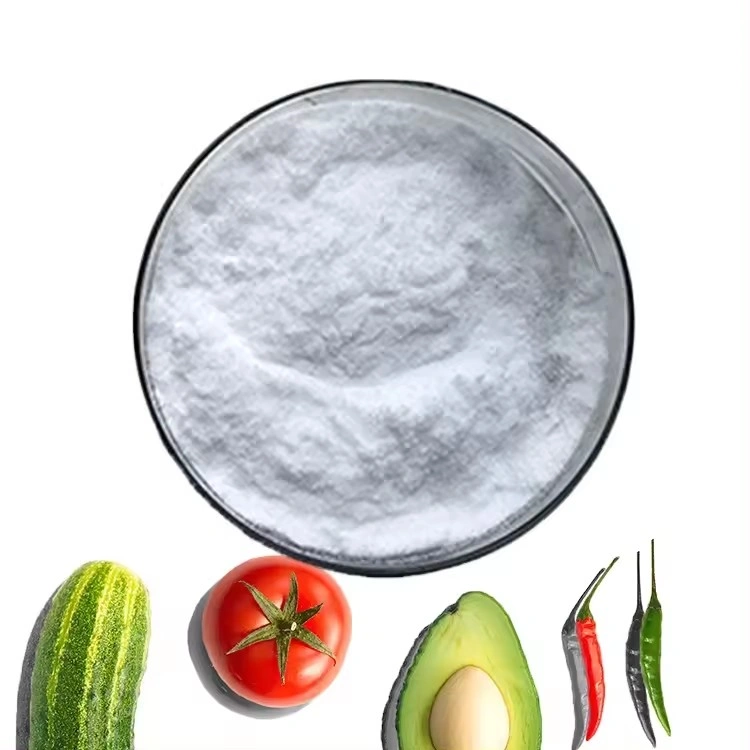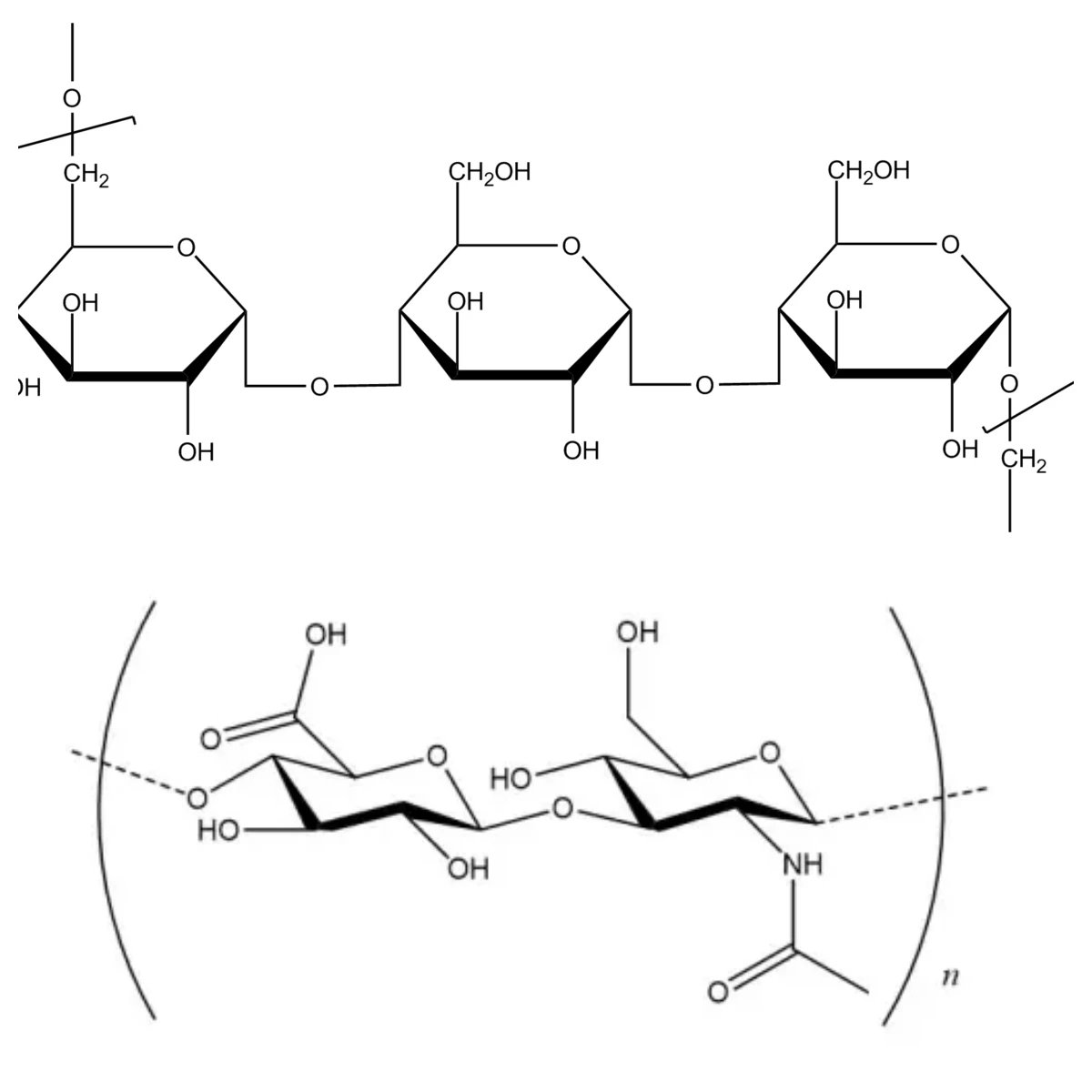
xanthan gum molecular
Where is it from
Xanthan gum is a polysaccharide, derived from bacterial coating of xanthomonas, used as food additive and rheology. Its function as hydrocolloid to thicken and stabilize emulsion, foams and suspensions. its exceptional mixing of characters allow xanthan products to perform more than the limitation of any other commercial hydrocolloid.
A high molecular weight polysaccharide gum generated by pure-culture fermentation of a carbohydrate with Xanthomonas campestris, filtered by recuperation together with ethanol or isopropanol, dried and milled; contains D-glucose and D-mannose as the principal hexose units, along with D-glucuronic acid and pyruvic acid, and is prepared as the sodium, potassium or calcium salt; its solutions are neutral.
Function in food Industry
Most people are hesitant regarding ingredients with strange names, types of xanthan gum. Many of us usually are questioned, Aren’t your plates chock-full of chemicals? Well, indeed, sadly most food products are, including typically the most organic and natural ones. Even though almost all of these chemicals are produced from natural ingredients or procedures that have been implemented for long time.
It is used as a thickener or stabilizer in a broad variety of foodstuff found on food market racks. A large number of canned or ready products have xanthan gum: salad dressings, sauces, soups, and baked goods specifically these which are gluten-free since xanthan gum will be able to perform some of the same capabilities as gluten.
FUNCTIONAL USES:
emulsifier, foaming agent, Thickener, stabiliser

bacterial coating of xanthomonas
Xanthan gum is one of the most beneficial food additives on the market; it is impressive in a wide range of viscosities, temperatures, and pH levels. It is very easy to use, has no taste, and usually works quite properly. And also it could thicken liquids at extremely low concentrations as little as 0.1% by weight can easily yield a thick liquid, and 0.5% by weight can make a thick paste (this is the reason why it is best to weigh out xanthan gum with a digital scale rather than use volumetric measurements). Traditional thickeners such as flour normally require greater portions to do a equivalent job. The quantity matters because the more thickener you have as a fraction of the total mixture the more likely it is to impose an undesired texture and inhibit flavor.
When It was uncovered
Initially uncovered by USDA scientists in the 1950s, xanthan gum is fermented by way of plant-loving bacteria, distinguished by sticky cell walls. It is natural just as vinegar or yeast. We believe xanthan gum is one of the best innovations in food science since yeast.
C.A.S. number
: 11138-66-2
Yields, on the dehydrated basis, not less than 4.2% and not more than 5.4% of carbon dioxide (CO2), corresponding to between 91.0% and 117.0% respectively of xanthan gum.
Color
:Cream-coloured powder
